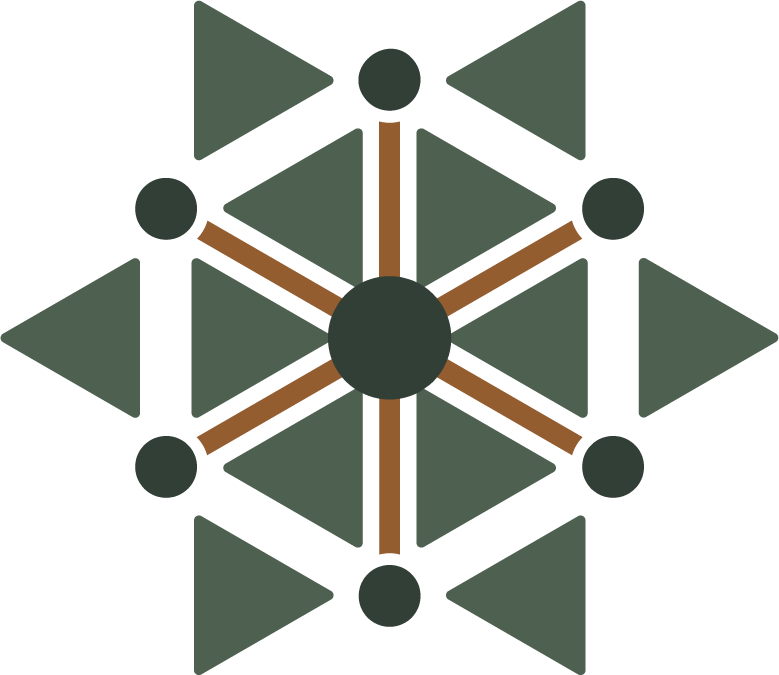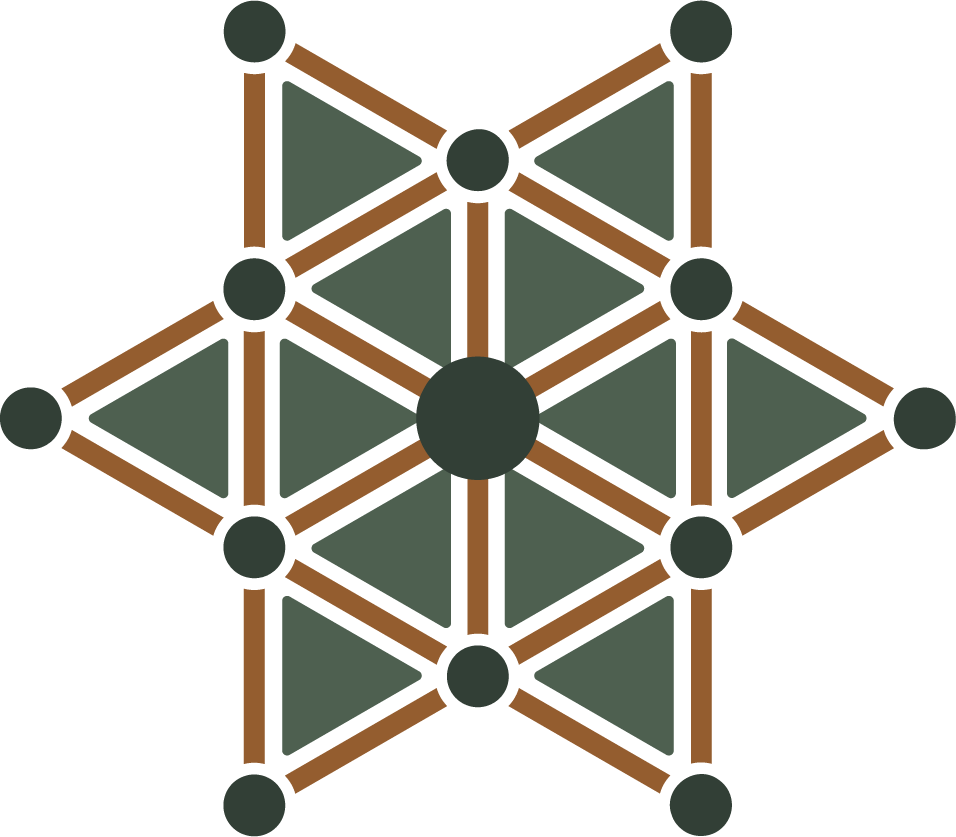How we measure our impact
We have three key metrics to measure our impact: people impacted, Return on Contribution™, and organizational progression.
People impacted
One of PEF’s highest priorities is to positively affect as many people as possible through our work with tax-exempt organizations. We believe it’s crucial for everyone involved in a project to understand the total number of individuals touched by our collective efforts.
This metric includes people directly affected by the organizations we work with and also those individuals in the broader communities who benefit from the positive ripples of the initial work.
Return on Contribution™
PEF generates exponential value on financial contributions through the framework of capacity building.
We measure the financial impact of this framework with a metric we call our Return on Contribution™, which is calculated by dividing the total funds a tax-exempt organization raises by the amount the patron funded.
This calculation provides a clear, numerical impact of charitable investments in our services over any specific period. The focus is squarely on maximizing the impact and efficacy of the philanthropic investment, not just the distribution of funds.
Organizational progression
A critical component of our guidance is PEF’s 7-stage framework, which outlines the developmental journey of a tax-exempt organization from an initial idea (a seed) to a lasting legacy (an evergreen forest). Among our key metrics is how many steps we help an organization progress in this framework.
By identifying the distinct steps between their present and desired stages, the path to achieving their goals becomes both logical and trackable. We help organizations scale on their journey with our expert approach to a process known as capacity building, which strengthens organizations’ operations, leadership, and infrastructure for growth.
Our 7-stage framework for organizational progression
PEF builds strong relationships with our partners, working closely alongside them to understand their unique needs and develop tailored organizational development solutions every step of the way.
We use a 7-stage framework to assess organizations and customize how we best partner with them. This framework provides leaders with a clear understanding of their organization’s current stage of growth and offers insight into where they want to go.
Stage 1
Planting the seed
The initial idea for an organization exists only in the mind of the founders.
Stage 2
Taking root
The organization begins to take shape, relying on personal savings and loans from friends or family. A basic operational system is being established, like bank accounts and an online presence.
Stage 3
Tending the sapling
The organization is formally established. Basic structure and initial programs are created.
Stage 4
Branching out
The organization experiences significant growth, expanding both funding sources and programming.
Stage 5
Deepening roots
The organization has a strong foundation, established programs, and a solid financial base. There’s a clear delegation of authority and decision-making processes.
Stage 6
Cultivating canopy
The organization is scaling its impact, implementing fundraising strategies and building relationships with philanthropic institutions. The organization looks at potential mergers, acquisitions, and expansion.
Stage 7
Sustaining an evergreen forest
The organization has achieved a lasting legacy with a sustainable funding model to impact future generations. The organization is seen as a thought leader in the philanthropic sector.















